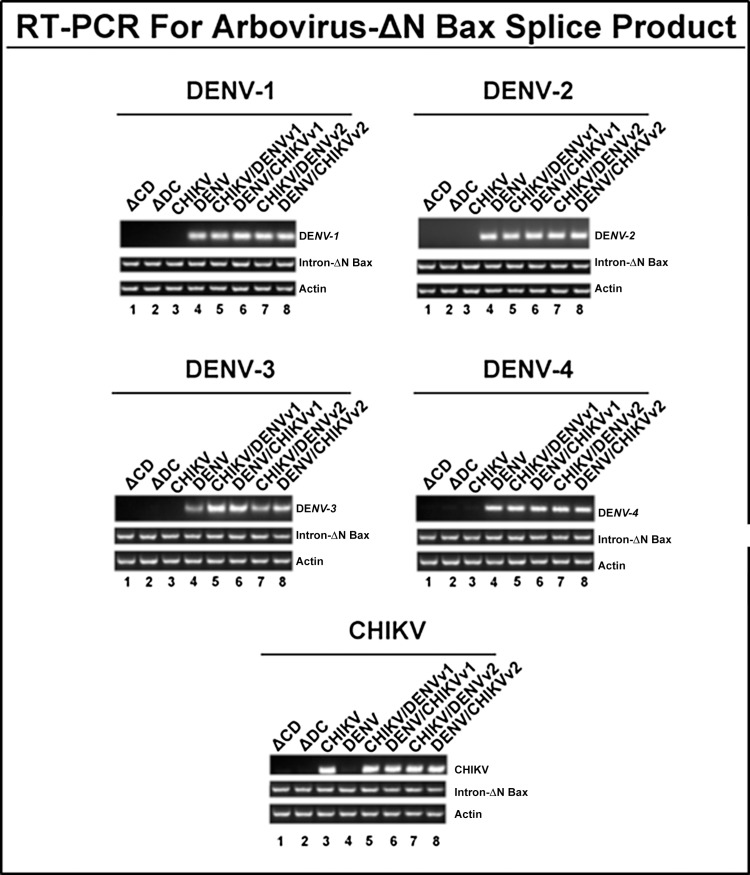Fig 4. CHIKV/DENV dual targeting intron–ΔN Bax constructs effectively target CHIKV and all four DENV serotypes tested.
Clonal Ae. albopictus C6/36 cells transformed with constructs bearing anti-CHIKV, anti-DENV, or the catalytically active and inactive forms of the anti-CHIKV/DENV dual targeting intron constructs were infected with one of the arboviruses indicated on each figure panel and analyzed for the presence of splice product by RT-PCR with heterologous primers as stated in Materials and Methods. The title of each figure panel indicates the virus the CHIKV/DENV dual targeting intron–ΔN Bax constructs were tested against. CHIKV/DENV-ΔN Bax or DENV/CHIKV-ΔN Bax refers to the CHIKV/DENV dual targeting trans-splicing group I introns that were designed for dual targeting of CHIKV and DENV. These introns are coupled to the proapoptotic ΔN Bax as the 3’ exon. ‘v1’ and ‘v2’ refer to the order of the CHIKV and DENV specific P10 helix-forming sequences, as explained in Materials and Methods ΔCHIKV/DENVv1-ΔN Bax (ΔCD) or ΔDENV/CHIKVv1-ΔN Bax (ΔCD) refer to the anti- CHIKV/DENV dual targeting introns possessing the inactive deletion mutation of the trans-splicing domain that is linked to the ΔN Bax 3’ exon. The deletion mutation of the trans-splicing domain is designed to knock out trans-splicing function, providing a negative control [76]. Control RT-PCR experiments were performed with primers for actin to confirm similar RNA loading. Heterolgous primers to the intron-ΔN Bax segment of the dual targeting intron construct were used to confirm the presence of our anti-CHIKV/DENV introns. All constructs are linked to the DCV IRES-mCherry configuration as shown in Fig 3. The identity of spliced products was confirmed by sequencing (Data not shown).

